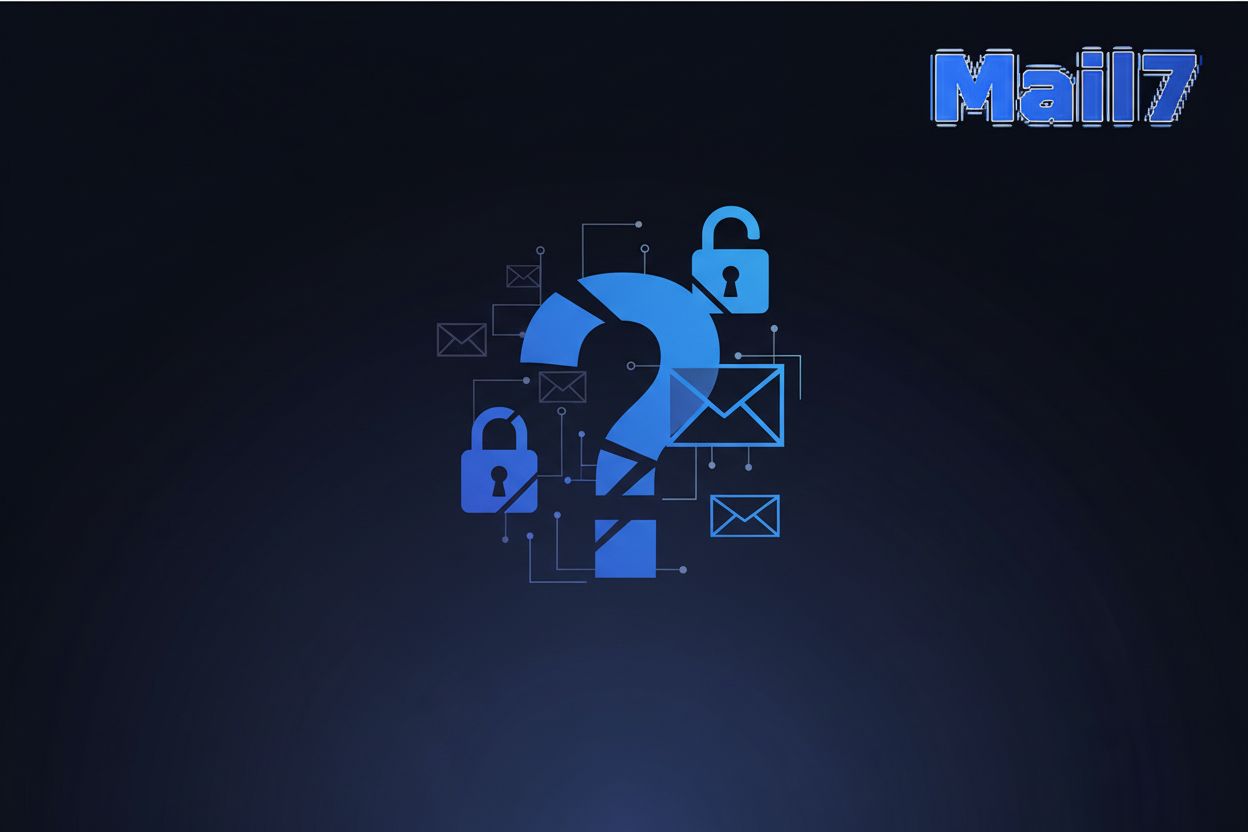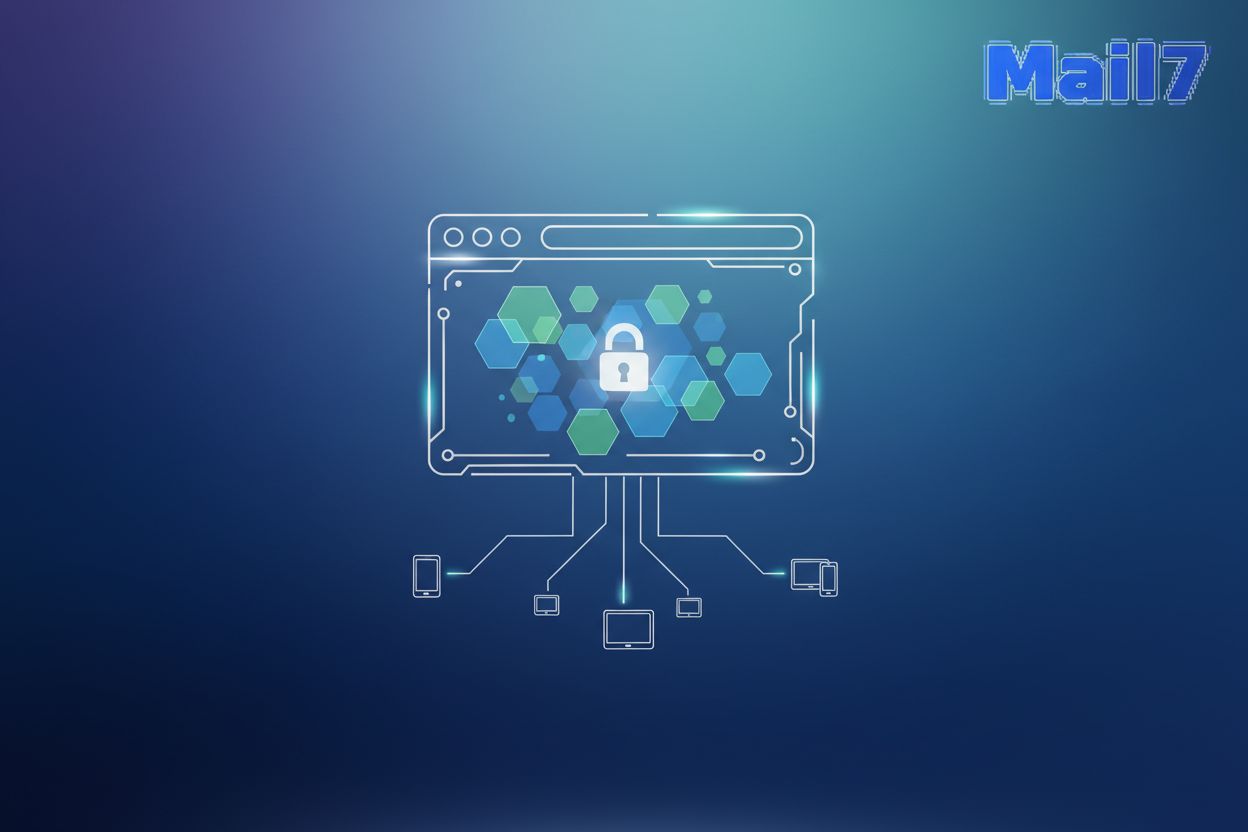Enhancing Email Spoofing Detection: Techniques for Robust Email Security
TL;DR
Understanding Email Spoofing: A Developer's Perspective
Email spoofing can be as simple as forging a return address, but the consequences are far from trivial. Did you know that email spoofing accounted for over $216 million in losses in 2020 alone? (An Email Spoofing Disaster is Just a Click Away | Graphus) eSecurity Planet reports on the FBI's findings. Let's break down what developers need to know.
- Definition: Email spoofing is when someone fakes the sender address to appear as a trusted source. This is often used in phishing and spam campaigns.
- Techniques: Attackers manipulate email headers, use display name deception, and impersonate domains to trick recipients.
- SMTP's Role: The Simple Mail Transfer Protocol (SMTP) lacks built-in authentication, which makes spoofing easier.
Impact on Development and QA
Understanding these basics is the first step toward building more secure systems. Spoofing attacks can mess up software testing and email verification processes, leading to compromised results. Robust email security is vital in development workflows to prevent breaches and data leaks. Furthermore, spoofing can undermine automated testing and QA, causing unreliable test outcomes.
Next, we'll look at the specific implications of email spoofing for developers.
Traditional Email Authentication Protocols: SPF, DKIM, and DMARC
Email spoofing is a serious threat, but did you know that simple protocols can significantly reduce your risk? Let's explore how SPF, DKIM, and DMARC work together to protect against email spoofing.
Sender Policy Framework (SPF) verifies the sender's address by checking if the email comes from a server authorized by the domain owner. Think of it as a gatekeeper confirming the sender's identity. For example, a healthcare provider can use SPF to ensure appointment reminders genuinely come from their servers.
To implement SPF, configure SPF records in your DNS settings. These records list authorized mail servers. However, SPF has limitations; it mainly checks the envelope sender, not the visible "From" address.
DomainKeys Identified Mail (DKIM) uses cryptographic keys to authenticate email content. A digital signature is added to the email, verifying that the message hasn't been altered during transit.
This ensures email integrity. For instance, a retail company uses DKIM to confirm that promotional offers are authentic and haven't been tampered with.
Domain-based Message Authentication, Reporting, and Conformance (DMARC) builds on SPF and DKIM. DMARC policies specify how to handle emails that fail SPF and DKIM checks.
By combining SPF, DKIM, and DMARC, you create a robust email authentication system.
Practical Implementation of SPF, DKIM, and DMARC
Implementing these protocols involves a few key steps:
SPF Implementation:
- Identify all mail servers authorized to send email for your domain.
- Create an SPF record in your domain's DNS settings. This record is a TXT record that lists the authorized IP addresses or hostnames.
- Example SPF record:
v=spf1 include:_spf.google.com ~all(This example allows Google's servers and marks others as questionable). - Test your SPF record using online SPF checkers to ensure it's correctly configured and doesn't cause legitimate emails to be marked as spam.
DKIM Implementation:
- Generate a public/private key pair for your domain. Many email service providers offer tools for this.
- Publish the public key as a TXT record in your domain's DNS settings.
- Configure your outgoing mail servers to sign outgoing emails with the private key.
- Example DNS TXT record for DKIM:
selector._domainkey.yourdomain.com IN TXT "v=DKIM1; k=rsa; p=MIIBIjANBgkqhkiG9w0BAQEFAAOCAQ8AMIIBCgK..." - Verify DKIM signatures on incoming emails using online tools or by inspecting email headers.
DMARC Implementation:
- Start with a
p=nonepolicy to monitor DMARC reports without impacting email delivery. This allows you to see how many emails are failing SPF/DKIM. - Analyze DMARC reports to identify legitimate sources of email and any potential spoofing.
- Gradually move to a
p=quarantineorp=rejectpolicy as you gain confidence in your SPF and DKIM configurations. - Example DMARC record:
_dmarc.yourdomain.com IN TXT "v=DMARC1; p=quarantine; rua=mailto:[email protected]"
- Start with a
Regularly review and update these records as your email infrastructure changes.
Advanced Detection Techniques: Beyond Traditional Protocols
Is your email really from who it says it is? (How has a scam email seemingly been sent from my own ...) Traditional protocols are a great start, but sophisticated spoofing attacks require more advanced techniques. Let's explore how to enhance your email security beyond SPF, DKIM, and DMARC.
Email Security Gateways (SEGs) act as a powerful barrier against advanced email threats. These systems offer advanced email filtering and threat detection capabilities.
- Advanced Filtering: SEGs analyze email content, headers, and sender reputation to identify suspicious messages. For example, SEGs can quarantine emails with unusual attachments or links.
- Reverse DNS Lookups: SEGs verify the sender's IP address against its domain name. This helps to detect spoofed emails that use mismatched or invalid DNS records.
- Active Scanning: SEGs actively scan emails for malicious files and patterns, even those that bypass traditional antivirus software. This is particularly useful in detecting zero-day exploits.
ai offers powerful ways to detect anomalous email patterns. Machine learning algorithms analyze email content and metadata for indicators of phishing attempts.
- Anomaly Detection: ai algorithms learn normal email behavior and flag deviations. For example, a sudden increase in emails to external addresses from an internal account can trigger an alert.
- Content Analysis: Machine learning models analyze email content for phishing indicators, such as suspicious language, urgent requests, and unusual attachments.
- Improved Accuracy: Machine learning algorithms continuously learn and adapt, improving detection accuracy over time. This helps to stay ahead of evolving spoofing techniques.
SDR enhances spam detection by assessing the reputation of sending domains. This goes beyond traditional IP address-based reputation checks.
- Domain Reputation: SDR systems analyze various factors, such as domain age, history, and email sending patterns. Domains with a poor reputation are more likely to be associated with spoofing attempts.
- Content Filters: SDR verdicts can trigger content filters to block or quarantine emails from domains with low reputations.
- Enhanced Catch Rates: By looking beyond IP addresses, SDR can catch spoofed emails that bypass traditional spam filters. This is especially useful for detecting attacks from newly registered or compromised domains.
With these advanced techniques, you can significantly improve your email security posture. Next, we'll examine the importance of security gateways.
Enhancing Testing and Verification Processes
Email spoofing can trick even the most tech-savvy developers. Are you sure your testing processes are up to the challenge? Let's explore how to enhance your testing and verification to catch these sneaky threats.
One key strategy is to simulate spoofing attacks. This allows you to test how well your email security measures perform under duress. Think of it as a fire drill for your email defenses.
Another effective approach is to automate spoofing detection tests within your CI/CD pipelines. By integrating these tests, you ensure continuous monitoring and immediate feedback on any vulnerabilities.
Finally, validate email authentication configurations regularly. Confirm that SPF, DKIM, and DMARC records are correctly set up.
Disposable email addresses are invaluable for avoiding the compromise of real accounts during testing. They provide a safe sandbox environment.
Several services offer APIs to automate email reception and analysis with disposable addresses. This can significantly speed up testing, while ensuring that your primary email accounts remain secure.
Third-party APIs offer another layer of defense by verifying email deliverability and validity. These tools check for common errors like typos and disposable domains, improving email quality and reducing bounce rates. By reducing these errors, you can increase overall email deliverability and ensure messages reach their intended recipients.
With robust testing and verification, you can significantly reduce the risks associated with email spoofing. Next, we'll look at employee training and awareness.
Employee Training and Awareness
Email spoofing can fool even careful employees. But, did you know consistent training can cut phishing click rates by over 70%?
Train employees to spot inconsistencies like mismatched sender names and email addresses.
Simulate attacks to test awareness. For example, send fake phishing emails and track who clicks.
Promote reporting. Encourage employees to report suspicious emails without fear of blame.
Check sender details. Ensure the 'From' address matches the sender's display name.
Verify email headers. Look for inconsistencies in the 'Received' lines.
Watch for red flags. Grammatical errors and urgent requests are common signs.
By making security a team effort, you strengthen your defenses. Next, we'll look at continuous monitoring and improvement.
Continuous Monitoring and Improvement
Staying vigilant is key, as email spoofing constantly evolves.
Here’s how to maintain robust email security:
- Track compliance: Monitor SPF, DKIM, and DMARC to ensure ongoing authentication. This involves regularly checking your DNS records and utilizing DMARC reporting tools to see authentication results. You can also use specialized services that provide dashboards for monitoring these protocols.
- Analyze filtering: Assess the effectiveness of email filters, adjusting as needed to catch new threats. This means looking at metrics like false positive rates (legitimate emails blocked) and false negative rates (malicious emails that got through). Adjustments might include refining blocklists, tuning spam sensitivity, or updating threat intelligence feeds.
- Monitor reports: Encourage users to report suspicious emails. When reports come in, analyze them to identify patterns or new attack vectors. This feedback loop is crucial for updating your filters and training materials.
Staying informed helps you adapt quickly. This proactive approach keeps your defenses strong.






